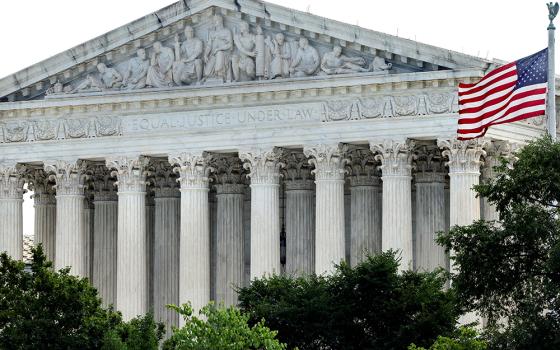There is a very interesting debate going on between two friends of mine, Peter Berkowitz and Peter Beinart. (Here is a link to Beinart's original piece.) Of course, the most important issue for my purposes has to do with the decline in religious observance in the past few decades among young Americans. In his response to Beinart, Berkowitz writes:
First, Beinart argues that the "exceptional American religiosity" that conservatives seek to preserve "is increasingly an artifact of the past" owing to declining church attendance among young Americans. "Americans," though, "aren't rejecting religion, or even Christianity. They are rejecting churches." But for no good reason, he discounts the sociological explanation. Church attendance in America has fallen because young Americans marry later and have fewer children; because younger women work more outside the home; and because singles, the childless, and working women attend church at lower rates.
Rather, Beinart contends, the chief explanation for declining church attendance since the 1970s is that political moderates and liberals rebelled against the rise of the Religious Right. But Beinart offers no way to determine what percentage of those who abandoned their religious affiliation over the past 40 years did so because of their dislike of the political influence of the Religious Right and what percentage did so because they were marrying later, were having fewer children, or were women working outside the house.
Furthermore, Beinart does not grasp that the dramatic changes in family and work over the past 40 years, and their impact on religion, are part and parcel of the steady secularization of society that has characterized Western civilization, including America, for more than two centuries. Nor does he show the slightest appreciation of the acceleration of secularization in America by the cultural upheavals of the 1960s. In short, Beinart's facts and figures do not begin to justify his show-stopping claim: "The people most responsible for America's declining religious exceptionalism are the conservatives who have made organized Christianity and right-wing politics inseparable in the minds of so many of America's young."
Of course, I have a dog, or at least a puppy, in this fight. In my biography of the Rev. Jerry Falwell, I noted that the rise of those who report no religious identification, the “nones,” began after Falwell’s Moral Majority had been in business for ten years. Causality is a difficult thing to prove, but I think Beinart is right, better to say correct, that when Falwell became the face of Christianity in U.S. culture, many young people walked away. Those who walked tended to be more liberal, and liberals are more likely to just walk away from organized religion. Conservatives did not walk away when the Rev. Martin Luther King Jr. and the Rev. William Sloane Coffin and the Rev. Robert Drinan, S.J. were the face of religion because conservatives had nowhere to walk to, they need organized religion as a kind of tinder for conservative ideals.
Berkowitz is, however, undoubtedly correct that the reasons for such a seismic cultural shift are often many and varied, and in this instance, include the variables he mentions. Shame on both friends for failing to mention the degree to which the disaffection from organized religion is the result of market-driven consumer self-identity.
Secularization is a fascinating and, I believe, deeply troubling phenomenon. But, it is not some kind of leftie conspiracy: Blaming the “60s” is the kind of imprecise charge Berkowitz, a careful thinker, usually avoids. I have to give a talk on secularization later this year and will be returning to the topic in these pages frequently through the year.





